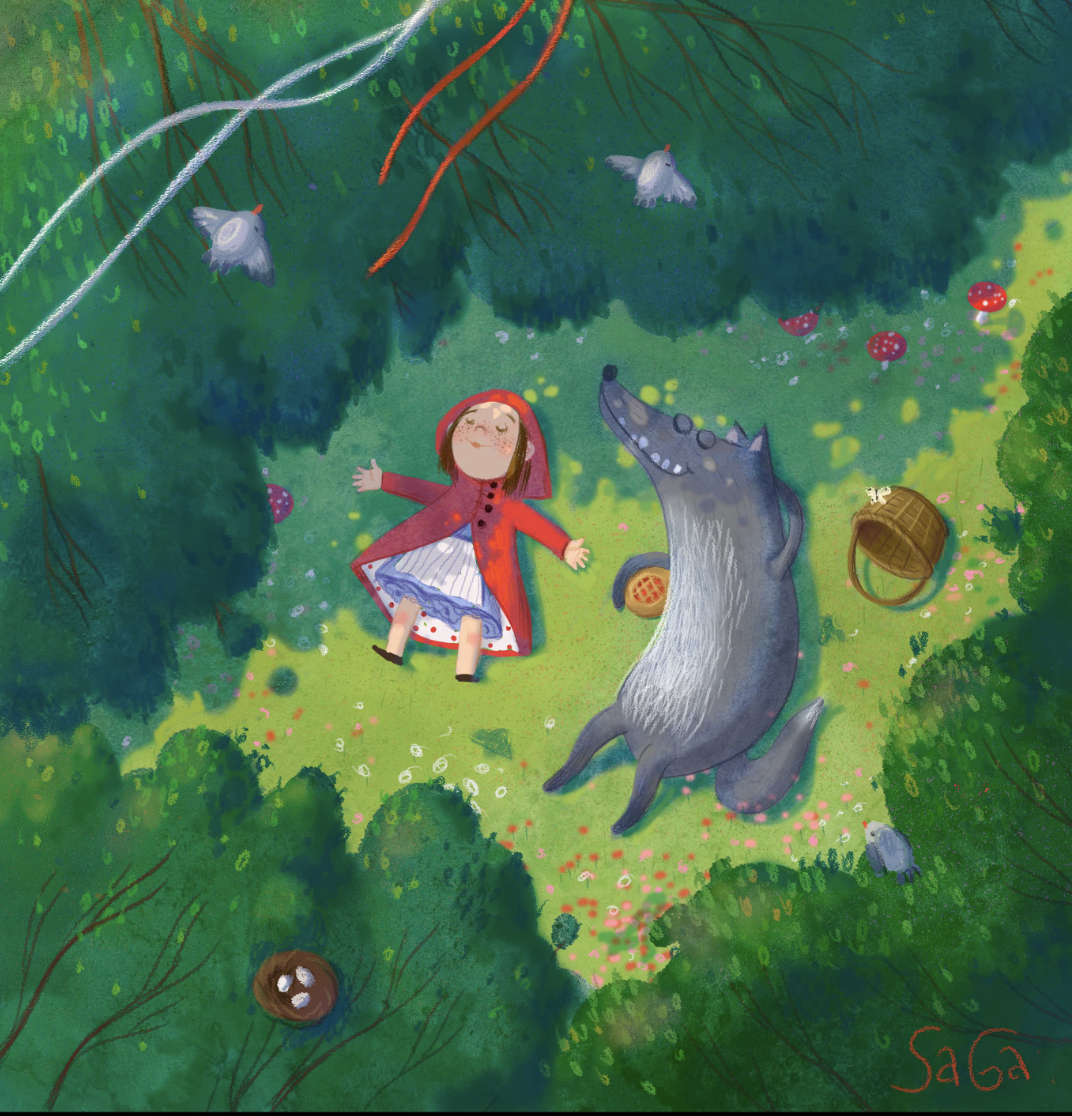The Three Sticky Notes Story Activity— Workshop Technique Edition Release 2
Art work of Galya Sakovskaya
If you attended my workshops, you know I customize and tailor my workshops and even create brand-new activities to address my client's problems. Before I shared with you Ideas with Wings — Workshop Technique Edition Release 1 activity. I am sharing another activity I created in this article.
Upon starting a series of design thinking workshops for several clients who were new to the design thinking methodology, I created this activity. One of the most vital tangible artifacts I must deliver -that the client and I need- is a use case summarizing the problem, people, and scope. I came by many clients who struggle with understanding the problem statement activity, and I noticed that I spend a lot of time educating clients about how to define a problem correctly, which got me thinking that I want to create an activity that helps in facilitating the understanding of this activity in a less lecturing way. In addition, I want to leverage the ice breaker activity time to serve a purpose not only to be a "fun" and fluffy activity. Existing writing and design exercises like Hemingway 6 words story and storyboard inspired me to create this activity I am calling: The Three Sticky Notes Story.
The Activity
This activity has main and optional parts I use either in later stages or when needed. I will indicate the optional parts and when they are needed.
Main Prompt:
Sketch the entire story of little red riding hood using only three sticky notes.
I start my activity by asking participants to sketch the entire story of little red riding hood on three sticky notes. You can choose another story, but make sure everyone knows it well. I picked the little red riding hood because it is well-known across cultures. I typically give this part around 7 minutes.
Pro Tip: your story choice can reflect a larger ethical and/or design value, e.g., suitability or AI and data privacy.
Then, I ask participants to showcase their sketched stories, and we start by seeing how everyone did by asking questions and raising observations. Participants notice the different ways the story was summarized. Moreover, we see as a group the similarities and differences. Afterward, I use the below specific questions to explain concepts.
Optional Prompts
These below prompts, I am still experimenting with them to perfect. Later I might write an article for some of them once they mature. Feel free to chat with me about this if you have ideas! I have used some of them in later stages of the workshop series as follow-ups or for specific contexts, like when I ask participants to resketch the story using voices and sounds. I use this one for products that need sounds in their experiences, voiceover experiences, or special needs user groups.
Wrap-up
Once you finish this activity, you can proceed to the problem definition activity drawing the similarities and what is needed to be done through this exercise. Finally, I hope you can share your thoughts and find the free template below for this activity.
